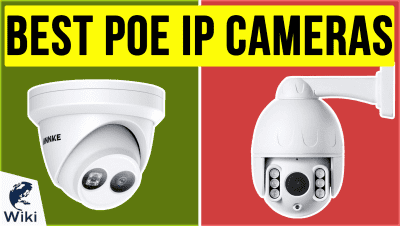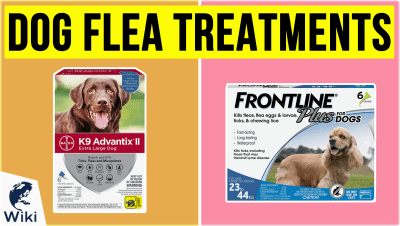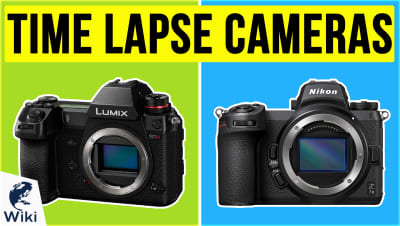5 Organizations And Clinics Fighting Skin Cancer
When dealing with skin cancer, early detection is key. That's why the organizations listed here are committed to spreading the word about how to protect yourself against skin cancer and encouraging everyone to get checked early and often, along with providing support for those with melanoma and other cancers. This video was made with Ezvid Wikimaker.
5 Institutions Battling Skin Cancer
| Name | Location | Focus |
|---|---|---|
| The David Cornfield Melanoma Fund | Toronto, ON | Promotes awareness of melanoma and the importance of prevention and early self-detection and provides funding and support for education and research |
| Florida Skin Center | Fort Myers, Lehigh Acres, Cape Coral, & Punta Gorda, FL | Cancer screenings, MOHS surgery, mole removal, basal cell carcinoma treatment, and many other procedures and services |
| Save Your Skin Foundation | North Vancouver, BC | Canadian not-for-profit group dedicated to the fight against non-melanoma skin cancers, melanoma, and ocular melanoma through nationwide education, advocacy, and awareness initiatives |
| Schweiger Dermatology Group | Throughout New York, New Jersey, and Pennsylvania | Experts in a variety of medical dermatological treatments and areas of emphasis, offering early detection screenings, biopsies, and surgical services |
| Sanova Dermatology | Offices across Louisiana and Texas | Consultations and treatment options for many skin cancer types, including melanoma, squamous cell carcinoma, dysplastic nevi, and others, along with clinical research studies |
The David Cornfield Melanoma Fund Presents: Dear 16-year-old Me
Children and Cancer
According to the U.S. National Cancer Institute, cancer death rates for children from birth to 14 years old have declined by 65 percent from 1970 to 2016. However, cancer remains the leading cause of death from disease among children. The most common types of cancer diagnosed in children ages 0 to 14 years are leukemias, brain and other central nervous system (CNS) tumors, and lymphomas. The types of treatment that a child with cancer receives will depend on the type of cancer and how advanced it is. Common treatments include: surgery, chemotherapy, radiation therapy, immunotherapy, and stem cell transplant.
10 Unflinching Reads About Dealing With Serious Illness and Disease
Florida Skin Center's Punta Gorda Office
In Depth
Overexposure to the sun, family history, and tanning beds are among the factors that contribute to skin cancer. There are numerous organizations that offer regular screenings for early detection, tips for minimizing risk, and support for patients. Here, in no particular order, are groups leading the charge against this devastating disease.
Starting off the list at #1 is The David Cornfield Melanoma Fund. It was established in 2007 to take action on melanoma through prevention and research. Through its partnership with the City of Toronto and the Douglas Wright Foundation, its #BeSunSafe program provides free sunscreen through dispensers at locations around town. The campaign received the Canadian Dermatology Association Public Education Award.
The organization was founded by Sari Cornfield in memory of her husband, David, who died from the disease at the age of thirty two. Its Dear 16 Year Old Me campaign features young melanoma survivors describing their experiences with the illness. Featured on the TODAY Show, the initiative has also been added to the grade seven through nine eBook Canadian Curriculum by Nelson Education.
Its Dear 16 Year Old Me campaign features young melanoma survivors describing their experiences with the illness.
In the #2 spot is The Florida Skin Center. With locations in Fort Myers, Cape Coral, Lehigh Acres, and Punta Gorda, it offers complimentary cancer screenings and provides treatment for actinic keratosis and basal and squamous cell carcinomas. The American Society for Dermatologic Surgery has recognized founder and medical director, Dr. Anais Aurora Badia, as a Top National Screener.
The center will also remove moles, which are often a sign of melanoma. Following the administration of a skin biopsy, a topical anesthetic is applied to the affected area to minimize any discomfort. Through the Hello Skin Health tracking system, it sends patients personalized messages based on diagnosed conditions, along with updates on treatments.
At #3 is the Save Your Skin Foundation, a patient-led not-for-profit group committed to playing an active role in reducing the incidence of skin cancer in Canada. Its I'm Living Proof initiative provides information, resources, and support to those impacted by the disease. In addition, it also connects patients and survivors with each other so they can share their stories.
In addition, it also connects patients and survivors with each other so they can share their stories.
Move for Melanoma encourages local residents to participate in a personal movement challenge of their choice, such as yoga, running, cycling, or family activities, while raising awareness and funds in support of cancers related to melanoma. The organization and its mission have been featured across such media as Breakfast Television, North Shore News, and National Post.
Coming in at #4 is Schweiger Dermatology Group. Throughout its locations in New York, New Jersey, and Pennsylvania, it offers skin cancer screenings, including mole checks. Among the warning signs its physicians look for are an irritated and reddish patch of skin, shiny bumps, or changes in shape, size, texture or color.
The organization specializes in Mohs micrographic surgery, an advanced method for removing cancer from the skin. Using a local excision technique, visibly affected cells are removed along with a minimal margin of healthy tissue. The dermatologic surgeon removes one layer at a time until the procedure is complete.
The dermatologic surgeon removes one layer at a time until the procedure is complete.
Wrapping up the list at #5 is Sanova Dermatology, which performs cosmetic, therapeutic, and surgical procedures. For individuals at high risk of developing skin cancer, it recommends mole mapping or medical photography, which takes high resolution pictures to document any pigmented lesions and their development over time. Risk factors include numerous or atypical blemishes, and a personal or family history of melanoma.
Other services include Superficial Radiation Therapy, a non invasive procedure recommended for skin cancers not associated with melanoma. The treatment emits low energy radiotherapy that targets the layer of the skin directly beneath the surface.
















